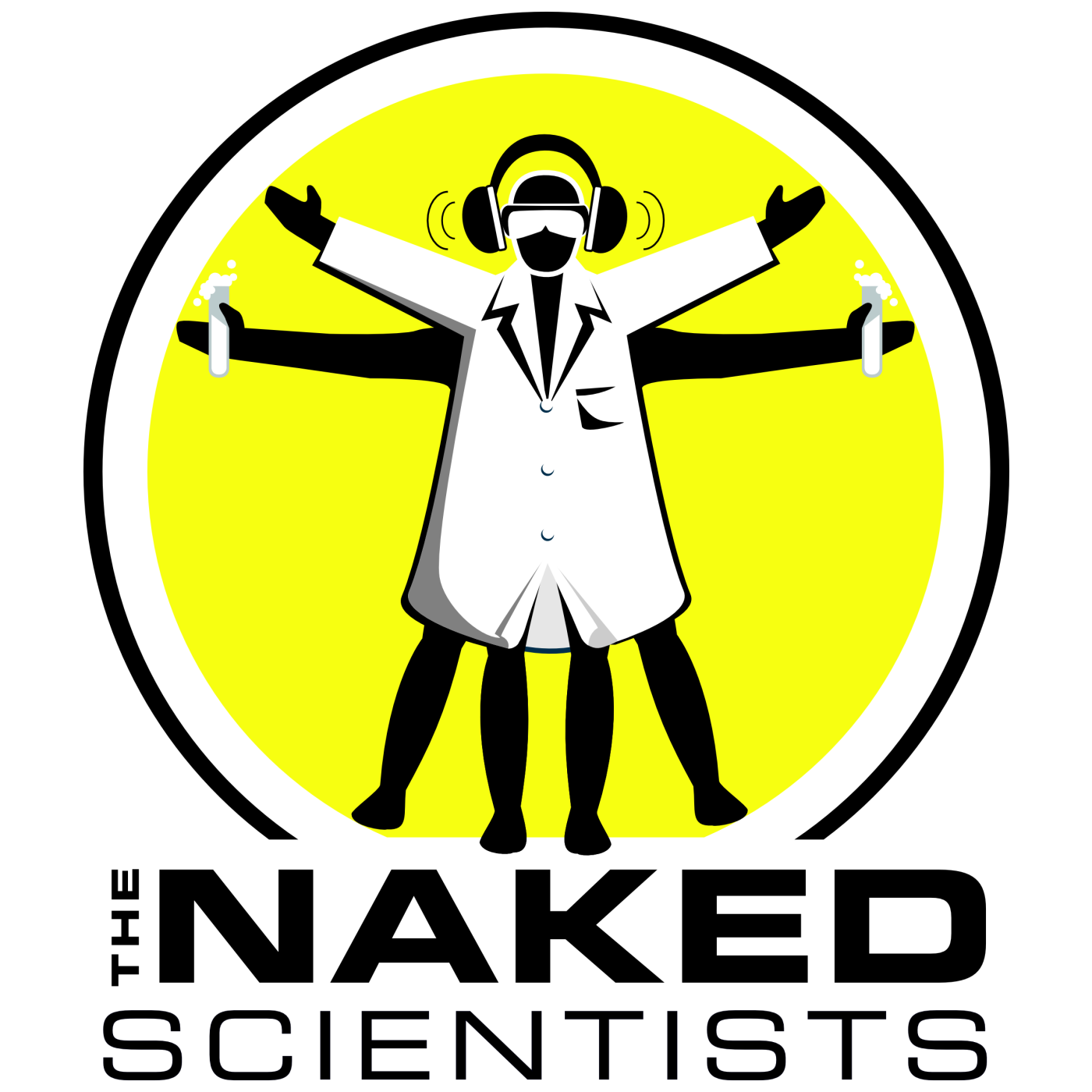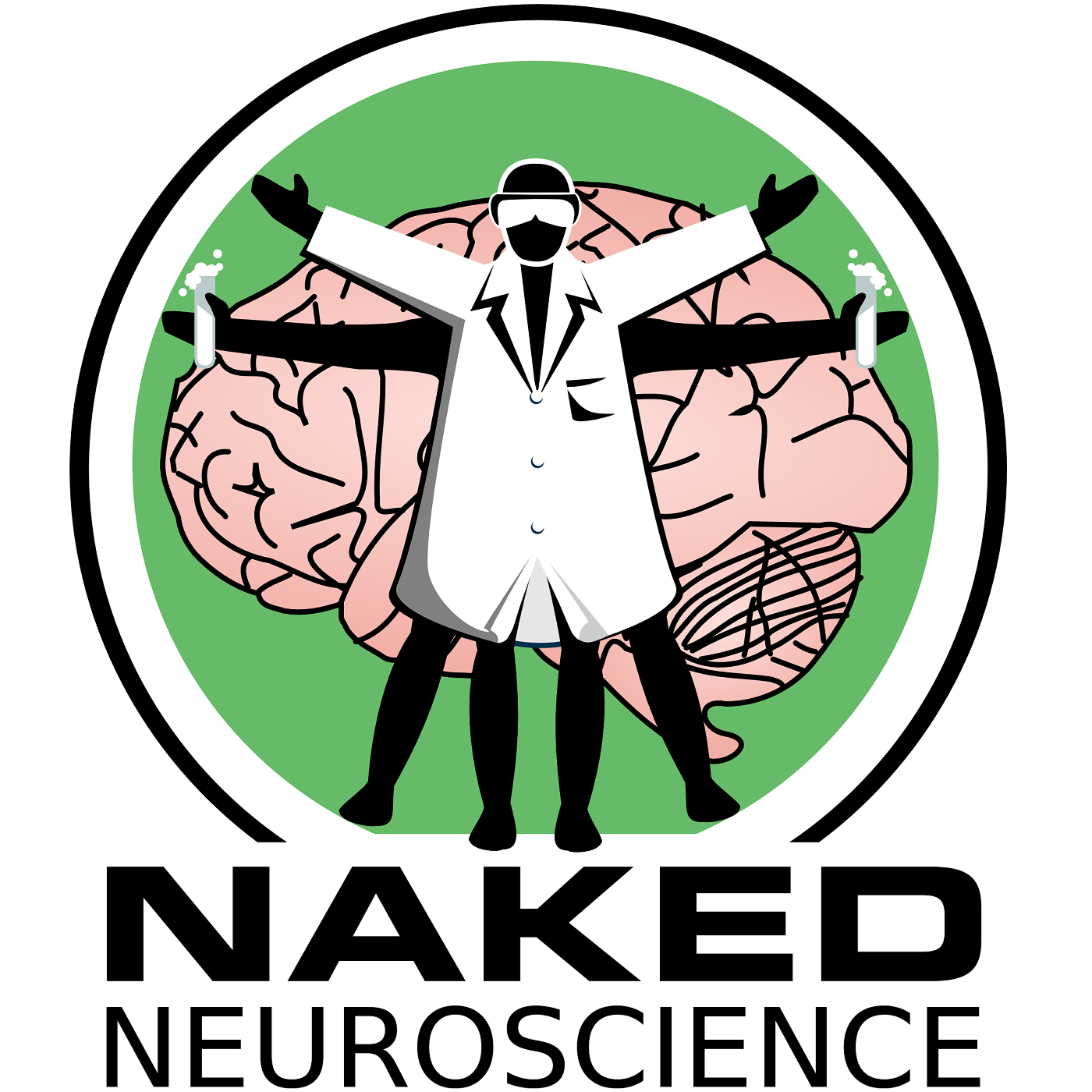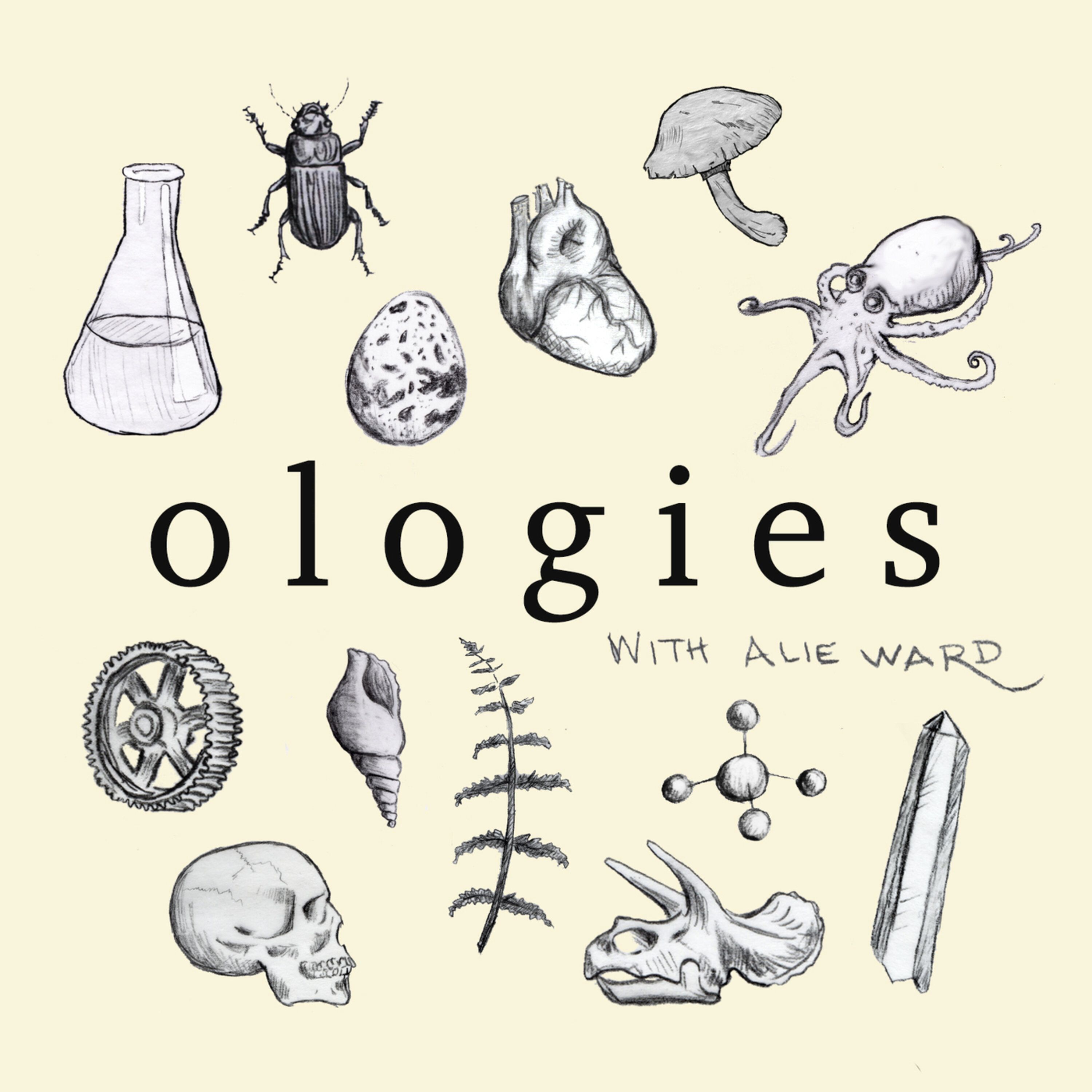
Heliox: Where Evidence Meets Empathy 🇨🇦
Join our hosts as they break down complex data into understandable insights, providing you with the knowledge to navigate our rapidly changing world. Tune in for a thoughtful, evidence-based discussion that bridges expert analysis with real-world implications, an SCZoomers Podcast
Independent, moderated, timely, deep, gentle, clinical, global, and community conversations about things that matter. Breathe Easy, we go deep and lightly surface the big ideas.
Curated, independent, moderated, timely, deep, gentle, evidenced-based, clinical & community information regarding COVID-19. Since 2017, it has focused on Covid since Feb 2020, with Multiple Stores per day, hence a sizeable searchable base of stories to date. More than 4000 stories on COVID-19 alone. Hundreds of stories on Climate Change.
Zoomers of the Sunshine Coast is a news organization with the advantages of deeply rooted connections within our local community, combined with a provincial, national and global following and exposure. In written form, audio, and video, we provide evidence-based and referenced stories interspersed with curated commentary, satire and humour. We reference where our stories come from and who wrote, published, and even inspired them. Using a social media platform means we have a much higher degree of interaction with our readers than conventional media and provides a significant amplification effect, positively. We expect the same courtesy of other media referencing our stories.
Heliox: Where Evidence Meets Empathy 🇨🇦
The Invisible Guardians: How COPMAN Air Could Revolutionize Public Health
In a world where invisible threats lurk in the air we breathe, scientists have developed a groundbreaking technology that could rewrite the rules of public health. COPMAN Air isn't just another scientific breakthrough—it's a potential game-changer in how we detect and prevent infectious diseases.
Imagine a world where a single air sample could tell you the risk of infection in a room, track potential outbreaks before they spread, and provide real-time pathogen monitoring. This isn't science fiction; it's the cutting-edge reality of viral detection technology that could transform everything from hospital care to environmental monitoring.
But with great power comes great responsibility. How do we balance the incredible potential of this technology with critical ethical considerations around privacy, surveillance, and data protection? This episode dives deep into the science, the potential, and the profound human implications of a technology that could give us unprecedented insight into the invisible world of airborne pathogens.
Join us as we explore how COPMAN Air could be the sentinel technology that helps us not just react to pandemics, but prevent them altogether—a critical step towards a safer, more resilient global health ecosystem.
The development of COPMAN-Air: A highly sensitive method for detecting SARS-CoV-2 in air
This is Heliox: Where Evidence Meets Empathy
Independent, moderated, timely, deep, gentle, clinical, global, and community conversations about things that matter. Breathe Easy, we go deep and lightly surface the big ideas.
Thanks for listening today!
Four recurring narratives underlie every episode: boundary dissolution, adaptive complexity, embodied knowledge, and quantum-like uncertainty. These aren’t just philosophical musings but frameworks for understanding our modern world.
We hope you continue exploring our other podcasts, responding to the content, and checking out our related articles on the Heliox Podcast on Substack.
About SCZoomers:
https://www.facebook.com/groups/1632045180447285
https://x.com/SCZoomers
https://mstdn.ca/@SCZoomers
https://bsky.app/profile/safety.bsky.app
Spoken word, short and sweet, with rhythm and a catchy beat.
http://tinyurl.com/stonefolksongs
Curated, independent, moderated, timely, deep, gentle, evidenced-based, clinical & community information regarding COVID-19. Since 2017, it has focused on Covid since Feb 2020, with Multiple Stores per day, hence a large searchable base of stories to date. More than 4000 stories on COVID-19 alone. Hundreds of stories on Climate Change.
Zoomers of the Sunshine Coast is a news organization with the advantages of deeply rooted connections within our local community, combined with a provincial, national and global following and exposure. In written form, audio, and video, we provide evidence-based and referenced stories interspersed with curated commentary, satire and humour. We reference where our stories come from and who wrote, published, and even inspired them. Using a social media platform means we have a much higher degree of interaction with our readers than conventional media and provides a significant amplification effect, positively. We expect the same courtesy of other media referencing our stories.
All right, welcome back everyone. Today we're going to do a deep dive into a new method for detecting SARS-CoV-2 in the air. Oh, very interesting. Yeah. So basically imagine just analyzing the air around you and you could just figure out how much risk there is of infection. Wow. So this is called Copman Air and it was developed by scientists at Shinogi and Co. and also the University of Tokyo. So we're going to try to break down how this method works, how it compares to existing methods and what it might mean for public health. Yeah. I think one of the biggest challenges with all the existing methods for detecting airborne viruses is they just aren't sensitive enough. They just don't really pick up low concentrations of the virus and that can lead to some pretty inaccurate risk assessments. Especially in the real world. Right, as well. Where you don't really know how many people might be infected. Yeah. And the paper that we're looking at here, they point out that a lot of the research has been on air collection methods instead of actually improving the sensitivity of how we're actually detecting the virus itself. Right. So you can have a great microphone, but if you don't have a good amplifier- Exactly. It doesn't really matter. Yeah, that's a great analogy. So this is where this Copman Air comes in, right? Right. And this builds upon an existing method called Copman, which was originally for wastewater, but they've adapted it for air samples. Yeah. So how does it actually work? Let's try to break this down a little bit. The article describes a three-step process. First, you do RNA extraction, then there's RT preamplification, and then qPCR. Now, I know what RNA extraction is. Yeah. I'm not quite sure what the other two are. Can you explain those a bit? Yeah. So imagine you're trying to hear a whisper in a really loud room. RT preamplification is basically turning up the volume on that whisper. It makes it much easier to distinguish. So in essence, it's amplifying the amount of viral RNA in the sample. So even if there's very little to begin with, we can still detect it after it's been amplified. So it's amplifying the signal, so to speak. Yeah. And then the qPCR is what actually confirms and quantifies it. Precisely. So qPCR is very sensitive. It can detect and measure specific DNA sequences. And in this case, we're using it to find and measure the SARS-CoV-2 in that sample. I see. And they emphasize that this COPAN air can handle a large number of samples. Like it has high throughput. Why is that important? Well, if you want to use this for monitoring, like in a hospital or an airport, we need to be able to process a ton of samples very quickly. And that's what COPAN air does. Okay. So they actually put this COPAN air head-to-head with a conventional method. Right. They used both virus-spiked samples, and then they also took real air samples from a fever clinic in Japan. What did they find? So in the lab, COPAN air was able to detect the virus at much lower concentrations than the conventional method. And it also had a higher detection rate near the limit of detection, which is really important if you're trying to catch an outbreak early on. So what about in the real world, in this fever clinic, how did it actually perform? Even better, actually. So in the fever clinic, COPAN air found the virus in 95.7% of the air samples, and the conventional method only found it in 60.9%. Whoa, that's a huge difference. So they were also able to look at whether the amount of virus they detected was correlated with the actual number of people who were infected. What did they find there? So they looked at that and it was a really strong positive correlation. The more viral RNA that was picked up by COPAN air, the more confirmed cases they saw in the clinic that day. That's pretty amazing. Yeah, it's pretty cool. It basically suggests that this method might not only be able to detect the virus, but actually give us an estimate of how many people are infected in a given place. But of course, more research is needed. Right. But it's definitely a promising start. That is very interesting. So this is all very cool, but I do have some questions about how practical it is and how this could be used in the real world. So we'll get into that right after the break. Hey there, listeners. If you're enjoying today's episode, check out our previous episodes where we dive deep into fascinating topics in scientific research and more. Don't forget to tell your friends and family about Heliox. Back to Heliox, where evidence meets empathy. So, I mean, obviously this sounds really promising, but what are some of the advantages of this compared to other methods besides just the sensitivity being higher? Well, I mean, the higher sensitivity and accuracy are pretty huge advantages, but this COP and AIR also has the potential to be almost fully automated. Okay. So that means that it could be a lot easier and cheaper to use on a large scale. And since one AIR sample could represent multiple people in a space, it's a lot more efficient than testing everybody individually. Yeah. It's like you could just take one sample and kind of get a snapshot of the whole room. Yeah, exactly. I'm also thinking about the cost savings here. I mean, if you could prevent these outbreaks, that has a huge economic impact. Oh, absolutely. Yeah. I mean, think about all the disruptions, you know, schools closing, businesses shutting down, healthcare systems being overloaded, all that stuff. If this could help us prevent even some of that, I mean, the economic impact would be massive. Yeah. And it's not just COVID, right? No, not at all. This technology could be used for like all sorts of airborne pathogens, like the flu, RSV, measles, even tuberculosis. Wow. You know, theoretically, we could adapt this to detect any of these, and then we could get a much better picture of what's actually out there. Yeah. It's like having this like multipurpose sensor that can just constantly scan for all these invisible enemies. Exactly. But before we get too carried away with all the possibilities, I do want to talk about some of the limitations. Sure. And you mentioned earlier that we need more research to tell the difference between like live viruses and ones that aren't infectious anymore. Can you talk about that a little more? Yeah. So, you know, Copenhagen is really good at finding viral RNA, but it doesn't really tell us if those virus particles can still infect somebody, you know? So it's like you're finding fragments of the virus's genetic material, but you don't know if the virus itself is still alive. So it's like it could be a false alarm. It could. Yeah. Like it's possible that it picks up, you know, pieces of a virus that's already dead and not dangerous anymore. And figuring out if a virus is still alive in an air sample, I mean, that's not an easy thing to do. Right. So we need more research on that. You know, we don't want to start freaking out and doing all these interventions if it's just harmless, leftover virus stuff. Right. It's like a smoke detector going off because of dust. Exactly. Yeah. It's not an actual fire. So. Are there any other limitations we should be thinking about? So another really important thing is standardizing how we actually collect the air samples, because, I mean, even with a great detection method like this, if you don't collect the sample right, it's not going to be accurate. You know, things like how much air you sample, how long you sample for, what type of air sampler you use, all that stuff matters. Even the weather can affect it. So it's like you can have the best technology in the world, but if you don't use it right. It's worthless. Yeah, it's worthless. Yeah. You got to collect the samples, right? So are there like protocols for this or is that something that needs to be figured out? Well, there are some protocols, but we definitely need more specific ones. You know, like what works for a hospital might not work for a school or a bus. Right. And we need to test these protocols really carefully to make sure they're reliable. So, yeah, that's definitely something that researchers are working on. OK, that makes sense. We don't want to be comparing apples and oranges. Right. Exactly. So we've talked about how this could prevent outbreaks on a large scale. But I'm wondering, you know, could this be scaled down for individuals, like for personal use? Yeah, that's a really cool idea. I mean, imagine a tiny version of this, like in a smartwatch or your phone, and it just tells you the air quality and you know if there are any pathogens around you. Whoa, that would be amazing. So instead of just relying on, you know, general public health advice, people could make decisions based on their own individual risk. Exactly. Like if you have a weak immune system or some other health condition, this could be really helpful for you. Yeah, it's like having a personal bodyguard that can tell you if there's anything dangerous around you. Yeah, I like that. So what else? I mean, what other applications are we looking at here? Well, environmental monitoring is another big one. OK. So you could use this to track pathogens in the environment, you know, like in animals. And that could help us understand how diseases spread. Wow. So it's not just about human health. It's about like the health of the whole planet. Exactly. We could monitor for new diseases, track viruses that come from animals, and even see how climate change is affecting all of this. It's a really big deal. Yeah. So we've talked a lot about the potential of this technology, but I do think it's important to talk about the risks too. Right. I mean, are there any concerns about this being misused or about data privacy? Yeah, those are definitely things we need to think about. You know, like any new technology, this could be used for bad things like surveillance or discrimination, even making biological weapons. Right. So we need to make sure that doesn't happen. We need clear rules and regulation. Yeah. Just because we can do something doesn't mean we should. Right. And data privacy is a big one too. If we're collecting all this data on where pathogens are, we need to be very careful with that information. People have a right to know what's being collected, how it's being used, and who has access to it. Yeah. It's not just about the science. It's about people. Exactly. We need to talk about all of this openly and honestly so people trust this technology and so it's used the right way. Okay. So I think we've covered a lot today, the technical details, the potential benefits, the challenges, the ethical concerns. So now I think it's a good time to kind of step back and think about what all of this means. So we'll do that right after. Thank you for being curious and subscribing, following, liking, rating, and reviewing our podcast episodes. Your support really helps build a vibrant Heliox community. Back to Heliox, where evidence meets empathy. I feel like we've only just scratched the surface here. Yeah. There's a lot more to talk about, but maybe we should recap the main points. Yeah. That's a good idea. I mean, I've definitely learned a lot. So what are the key takeaways here? Well, I think the biggest one is that this Kopnan Air, it's a huge step forward in how we can detect airborne viruses. It's just way more sensitive and accurate than what we have now. It could really change the game for tracking diseases and keeping people healthy. Yeah. I mean, it's pretty amazing that it can detect these viruses at such low levels. And then on top of that, it might even be able to tell us how many people are infected in a room. Right. And don't forget, it's not just for COVID. It can be used for all kinds of other viruses too. Flu, RSV, measles, maybe even TB. It's like a universal virus detector. Yeah, exactly. Which means we could be so much better at monitoring these things and stopping them from spreading. Yeah. It's pretty exciting, but also a little scary. Yeah. I get that. And we do need to keep in mind that there are still challenges, like we talked about. We need to figure out how to tell if a virus is still alive and we need to standardize how we collect the air samples. So there's more work to be done. Right. And we have to think about the ethical side of things too. Absolutely. Data privacy, potential misuse, making sure everyone has access to this technology. Those are all really important things to consider. Yeah. It's not just about the science. It's about people. Exactly. So where do we go from here? What kind of research do we need to do next? Well, the researchers in this paper, they pointed out a few key areas, like figuring out how to tell if a virus is actually infectious, not just detecting its RNA. Okay. Yeah. We need to know if it's a real threat. Yeah. Right. And then standardizing those sampling protocols. We need to make sure everyone's collecting samples the same way so we can compare the data accurately. So what about the future? Where do you see this technology going in the next five or 10 years? Well, it's hard to say for sure, but I think it could really change how we think about public health. Imagine a world where we're constantly monitoring the air for pathogens, just like we check the temperature or humidity. Like in schools, hospitals, even our homes? Exactly. We could have sensors everywhere alerting us if there's something dangerous in the air. Wow. That sounds like something out of a movie. I know, right? Yeah. But it's not impossible. With more research and development, we could have these tiny Cotman Air devices everywhere and people could track their own risk in real time. That's incredible. And what about the bigger picture? How could this change how we prevent outbreaks? Oh, it could be huge. Public health officials could get real-time data on what's out there and they could stop outbreaks before they even start. Wow. So it's not just about reacting to pandemics anymore. It's about actually preventing them. Exactly. We could be so much more proactive and create a much healthier and safer world, but we have to use this technology responsibly. Right. Ethically, for the good of everyone. Yeah. Well, this has been a really fascinating deep dive. We've learned so much about Cotman Air, how it works, its potential, the challenges, the ethical considerations. So as we wrap up here, what's the one thing you want our listeners to take away from this? I think the main takeaway is that this technology has the potential to revolutionize public health, but it's up to all of us to make sure that happens. Scientists, policymakers, healthcare workers, everyone needs to work together to make sure this is used wisely and ethically. The future of public health is in our hands. That's a great point. Thanks for joining us on this journey into the world of Cotman Air. We hope you found it informative and inspiring. And remember, keep exploring, keep questioning, and keep learning.



















